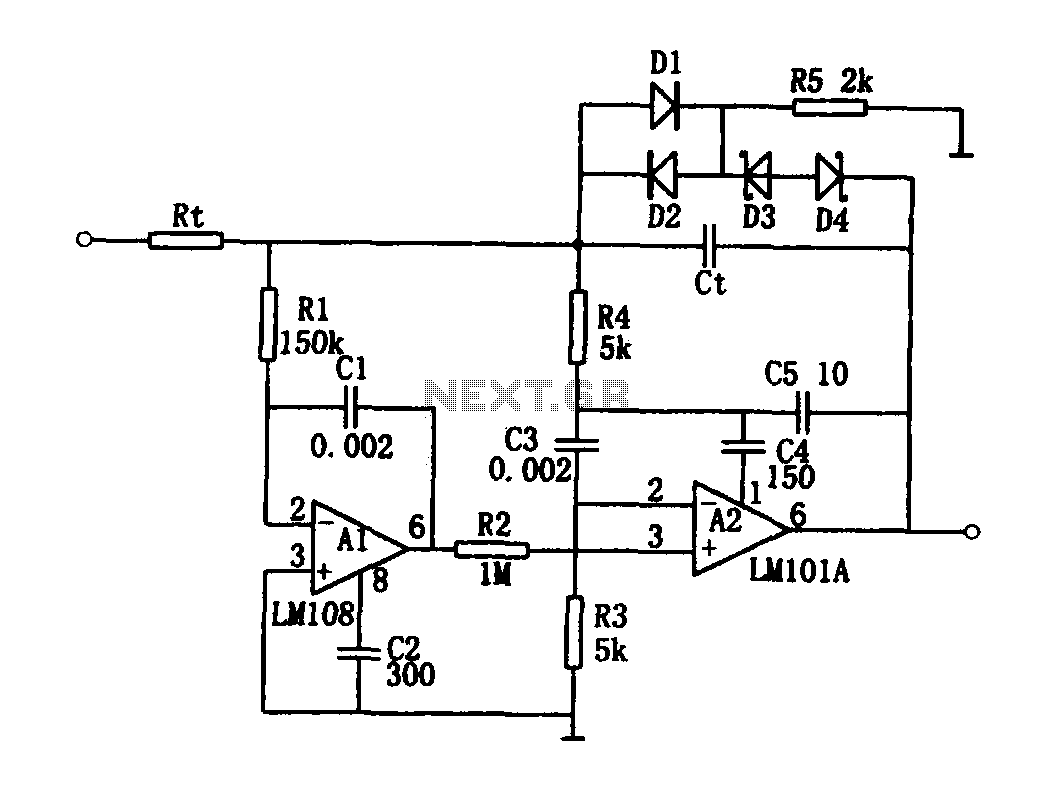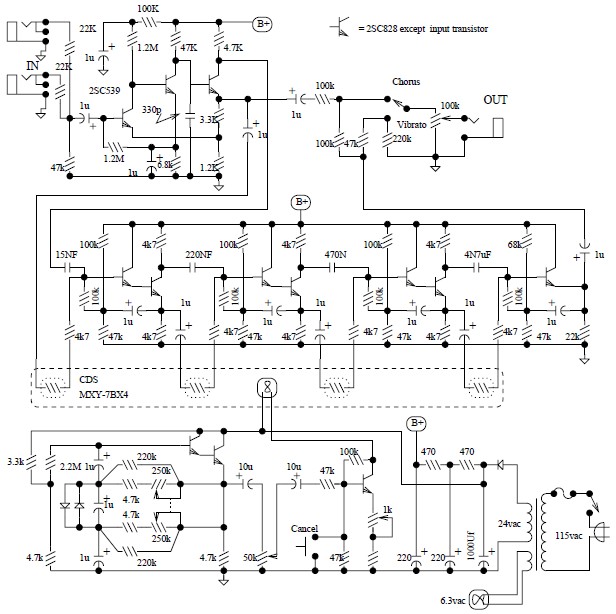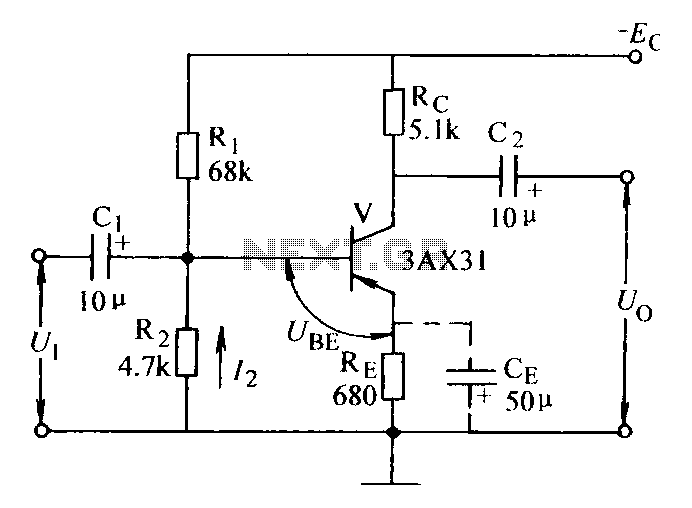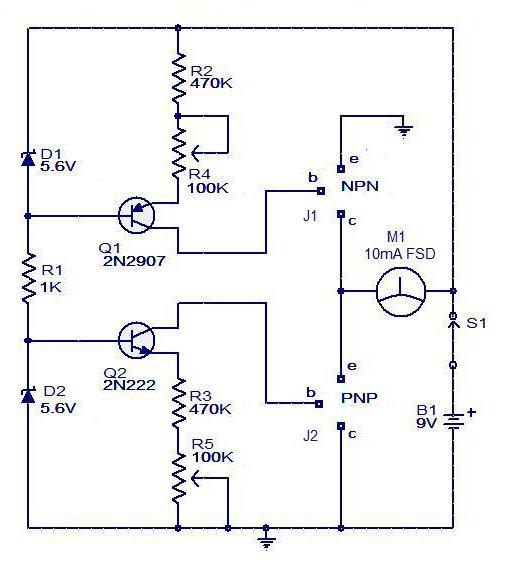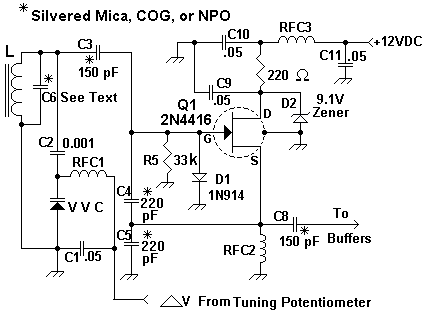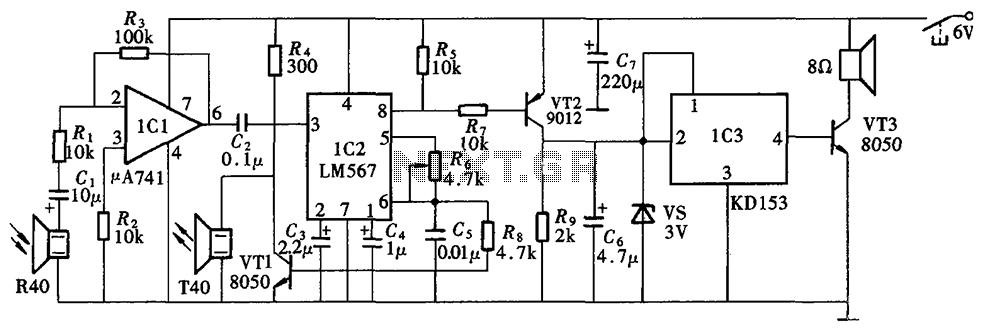
10 12 14 15 16V DC to 18 22 26 28 30V DC Converter Circuit
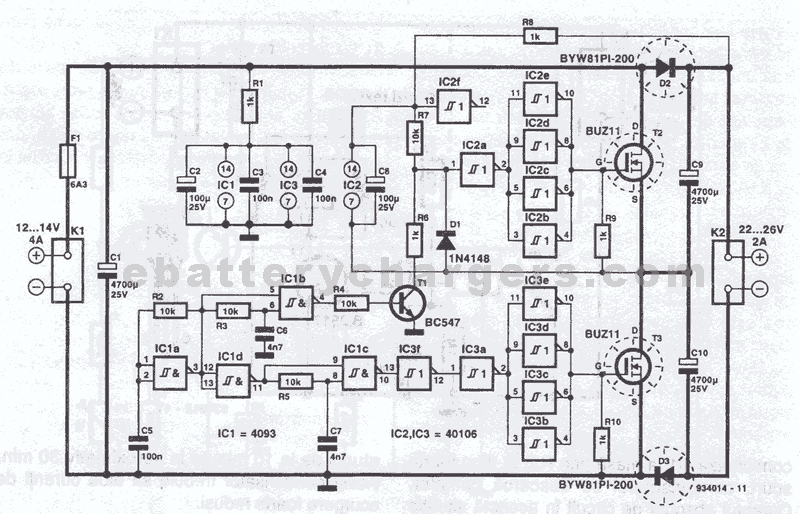
This DC to DC converter increases a DC voltage to nearly double its original value and is useful for elevating the output voltage of solar batteries to the required level.
The DC to DC converter operates on the principle of boosting the input voltage to a higher output voltage, making it particularly beneficial in applications where the available voltage from a source, such as solar batteries, is insufficient for the intended load. The converter typically employs a switching regulator topology, which efficiently transfers energy by rapidly switching the input voltage on and off.
Key components in this converter include an inductor, a switch (usually a transistor), a diode, and a capacitor. When the switch is closed, current flows through the inductor, storing energy in its magnetic field. When the switch opens, the inductor releases its stored energy through the diode to the output capacitor, thereby increasing the voltage. The output voltage can be adjusted by varying the duty cycle of the switching signal, which controls the ratio of the time the switch is on versus off.
This type of converter is particularly advantageous in renewable energy systems, where maximizing the energy harvested from solar panels is critical. By boosting the voltage, the converter enables better compatibility with various loads and energy storage systems, ensuring that the energy generated by the solar panels is utilized effectively.
Overall, the design of a DC to DC converter must consider factors such as efficiency, thermal management, and component ratings to ensure reliable operation under varying load conditions.This dc to dc converter raise a dc voltage at almost a double value and is useful for raising the output voltage of solar batteries up to the required leve.. 🔗 External reference
The DC to DC converter operates on the principle of boosting the input voltage to a higher output voltage, making it particularly beneficial in applications where the available voltage from a source, such as solar batteries, is insufficient for the intended load. The converter typically employs a switching regulator topology, which efficiently transfers energy by rapidly switching the input voltage on and off.
Key components in this converter include an inductor, a switch (usually a transistor), a diode, and a capacitor. When the switch is closed, current flows through the inductor, storing energy in its magnetic field. When the switch opens, the inductor releases its stored energy through the diode to the output capacitor, thereby increasing the voltage. The output voltage can be adjusted by varying the duty cycle of the switching signal, which controls the ratio of the time the switch is on versus off.
This type of converter is particularly advantageous in renewable energy systems, where maximizing the energy harvested from solar panels is critical. By boosting the voltage, the converter enables better compatibility with various loads and energy storage systems, ensuring that the energy generated by the solar panels is utilized effectively.
Overall, the design of a DC to DC converter must consider factors such as efficiency, thermal management, and component ratings to ensure reliable operation under varying load conditions.This dc to dc converter raise a dc voltage at almost a double value and is useful for raising the output voltage of solar batteries up to the required leve.. 🔗 External reference
